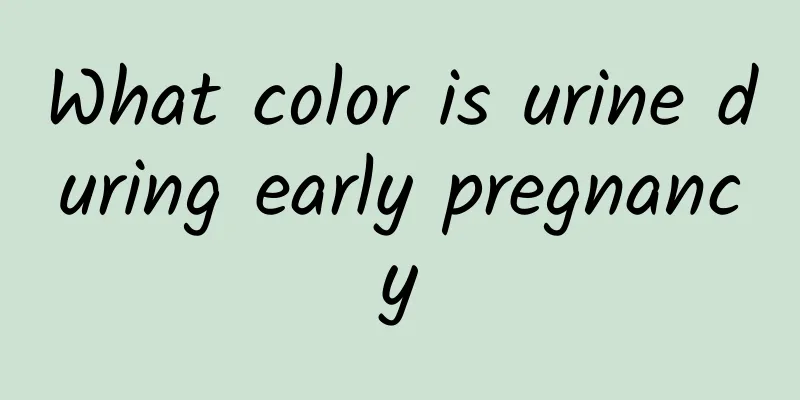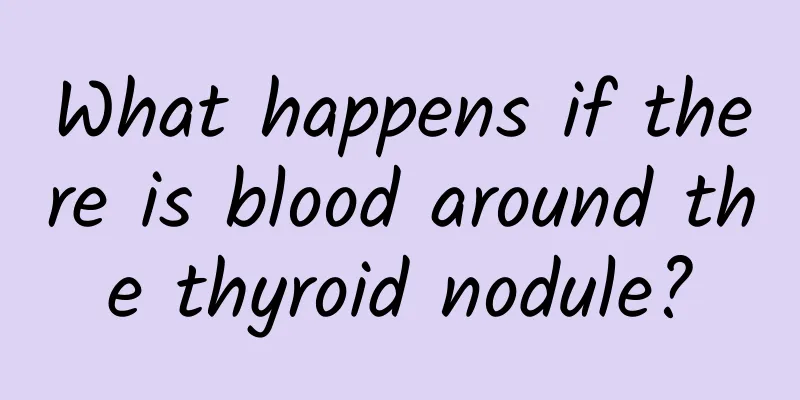Hyperbaric oxygen therapy for neonatal hypoxic encephalopathy

|
Neonatal hypoxic encephalopathy is different from that of adults, and hyperbaric oxygen treatment has its own particularities. The causes of the disease include different situations before, during and after delivery. So what are the common causes and treatments of neonatal hypoxic encephalopathy? A common cause 1. Before delivery: umbilical cord around the neck, placental abruption, turbid amniotic fluid, etc. 2. During childbirth: dystocia, suffocation, etc. 3. After delivery: premature babies, neonatal intracranial hemorrhage, kernicterus, febrile convulsions, etc. 2. Clinical manifestations Different causes may have different clinical manifestations. 3. Hyperbaric oxygen therapy Hyperbaric oxygen is the first choice treatment for neonatal hypoxic ischemic encephalopathy. 1. Therapeutic mechanism (1) Hyperbaric oxygen can quickly increase the oxygen content in the body and improve hypoxia. (2) Hyperbaric oxygen can increase the effective diffusion distance of oxygen, so that areas away from blood vessels can also receive adequate oxygen supply. (3) Hyperbaric oxygen can promote the growth and development of brain tissue. (4) Hyperbaric oxygen can accelerate the establishment of collateral circulation. (5) Hyperbaric oxygen can accelerate the repair of damaged brain tissue. 2. Timing of treatment As long as the child has the cause of hypoxic-ischemic encephalopathy, preventive treatment should be carried out if the doctor is not completely sure that it will not cause growth and development abnormalities in the future. If hyperbaric oxygen therapy is carried out when clinical symptoms appear, the best time for treatment will be missed. 3. Number of treatments Those with mild ischemia and hypoxia can receive 5-10 preventive hyperbaric oxygen treatments, and those with severe hypoxia can receive 10-20 preventive treatments. There should be a 2-3 day break between treatments. Once the diagnosis is confirmed and clinical symptoms appear, systemic treatment should be carried out. In the early stage, 20 intensive treatments can be given, and then 10 hyperbaric oxygen treatments can be taken every month or quarter. It is best to conduct preventive observation and treatment for 6-12 months. When it is confirmed that the child's growth and development are no different from children of the same age, then treatment can be abandoned. The brain development of children with this disease is generally not complete before the age of 6, so they are all worth treating. 4. Treat stress It is best to choose a single pure oxygen chamber or an infant oxygen chamber, and the recommended treatment pressure is 1.3-1.5 atmospheres (0.13-0.15MPa). If "helmet oxygen inhalation" is used for treatment together with adults, attention should be paid to the level of treatment pressure. Since newborns (especially premature babies) may be more sensitive to oxygen, oxygen poisoning or adverse effects on vision should be prevented. . IV. Drug Treatment See acute hypoxic-ischemic encephalopathy. Pay attention to using less but more precise medication for newborns. 5. Notes 1. In recent years, many cases of premature infants becoming blind due to oxygen inhalation have been reported. Hospitals and family members are particularly sensitive to this. Before deciding on hyperbaric oxygen treatment, doctors have an obligation to explain the benefits and possible side effects of oxygen inhalation to patients and sign a hyperbaric oxygen treatment agreement. Both hyperbaric oxygen and ordinary oxygen inhalation have their safe time limits, and it is not only pure oxygen that can cause poisoning. 2. The current hyperbaric oxygen therapy is well within the safe range. Theoretically, oxygen poisoning or adverse effects on the eyes will not occur. However, individual cases of children who are particularly sensitive to oxygen cannot be ruled out. Therefore, pay attention to the condition of the child during treatment and seek medical attention in time if any abnormality is found. 3 Since the child is unable to speak, the pressure increase and decompression should be further slowed down based on the normal speed. 4. If a parent accompanies the child into the cabin, they can use a pacifier to regulate the pressure of the child. 5. After leaving the cabin, some children will have a full or swollen abdomen. At this time, you need to hold the child upright and pat his back gently so that the gas in the digestive tract can be discharged in time. |
>>: What are the symptoms of neonatal hypoxic ischemic encephalopathy
Recommend
It is a pity if you don't know about this free way to strengthen your body. It can prevent aging and strengthen your internal organs.
The tongue is a protrusion on the floor of the mo...
Side effects of Rosa laevigata
Rosa canina is a Chinese herbal medicine that can...
What is causing chest tightness, difficulty breathing and nausea?
Chest tightness, shortness of breath, difficulty ...
Ginger can detoxify aconite
Following the recent honey wine incident, another...
My left face is inexplicably swollen but not painful, what's going on?
If your left face is swollen for no apparent reas...
Eye pain in the morning
Nowadays, people spend a lot of time using their ...
What should I do if my lymph nodes behind my neck are swollen?
It is quite common for the human body to have swo...
Pain on the left side of the head
Headache is a very common disease, but there are ...
Functional dyspepsia precautions
We also call functional dyspepsia indigestion. Fu...
Can I eat fish if I have oral ulcers?
Oral ulcer is a common oral disease. There are ma...
How to remove the offset marks left by plasters?
Plaster, as the simplest and most direct treatmen...
Symptoms of genital eczema
Genital eczema should not be unfamiliar to us hum...
Will kidney stones cause back pain?
Kidney stones are a relatively serious disease. P...
What to do if the lymph nodes in the neck are blocked?
There are lymph points behind the ears. The areas...
Dialysis puncture needle
Dialysis is a separation and purification techniq...









